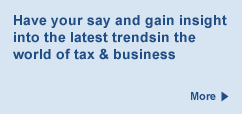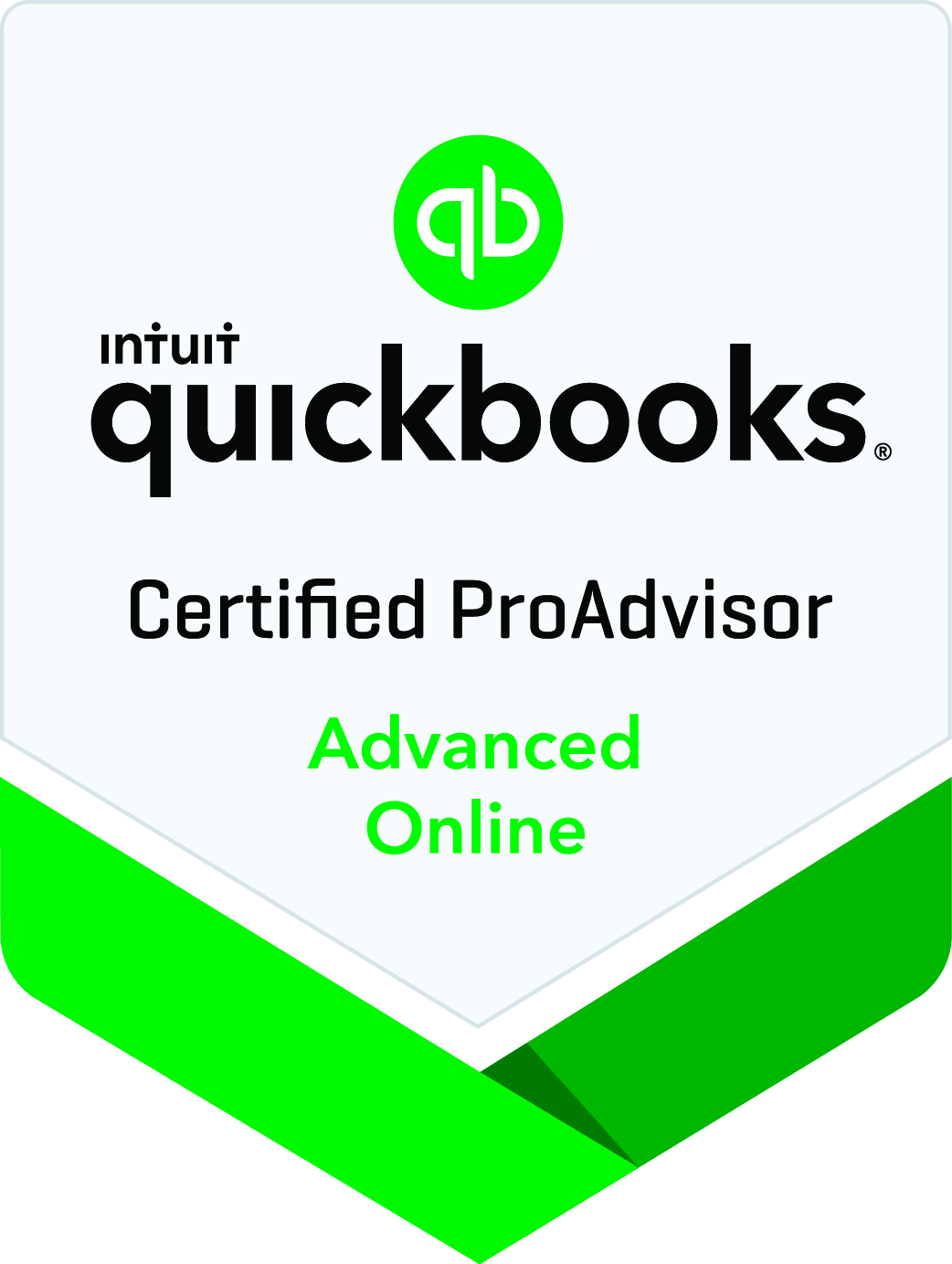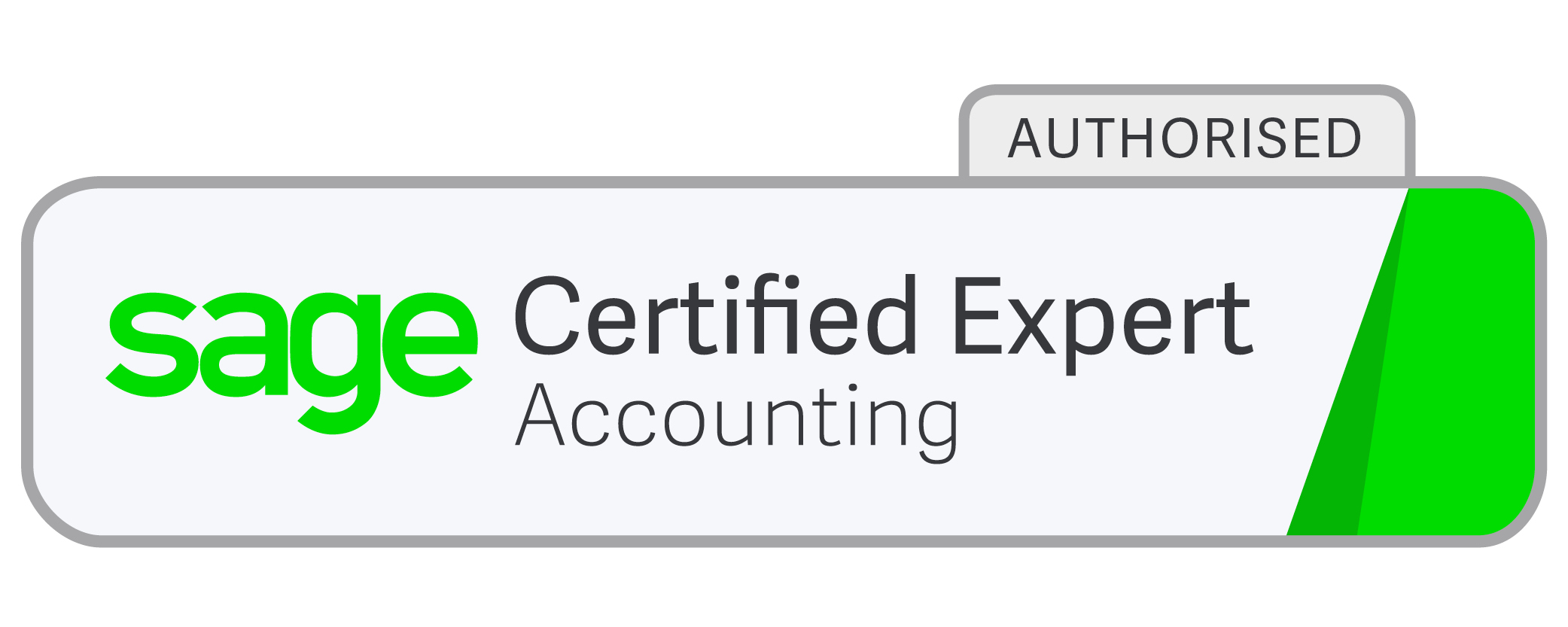Rent a Room
Newsletter issue - August 2015.
In the Summer Budget 2015, the government announced that the level of rent-a-room relief will be increased from the current level of £4,250 to £7,500 from April 2016. This means that from 6 April 2016, an individual will be able to receive up to £7,500 tax-free income from renting out a room or rooms in their only or main residential property. The relief also covers bed and breakfast receipts as long as the rooms are in the landlord's main residence.
To qualify under the rent-a-room scheme, the accommodation has to be furnished and a lodger can occupy a single room or an entire floor of the house. However, the scheme doesn't apply if the house is converted into separate flats that are rented out. Nor does the scheme apply to let unfurnished accommodation in the individual's home.
The rent-a-room tax break does not apply where part of a home is let as an office or other business premises. The relief only covers the circumstance where payments are made for the use of living accommodation.
If additional services are provided (cleaning and laundry etc.), the payments must be added to the rent to work out the total receipts. If income exceeds £4,250 a year in total, a liability to tax will arise, even if the rent is less than that.
There are two options if the individual is receiving more than the annual limit a year:
- The first £4,250 is counted as the tax-free allowance and income tax is paid on the remaining income.
- Renting the room is treated as a normal rental business, working out a profit and loss account using the normal income and expenditure rules.
In most cases, the first option will be more advantageous.
The principal point to bear in mind is that those using the rent-a-room scheme cannot claim any expenses relating to the letting (e.g. insurance, repairs, heating).
To work out whether it is preferable to join the scheme or declare all of the letting income and claiming expenses via self-assessment, the following methods of calculation need to be compared:
- Method A: paying tax on the profit they make from letting worked out in the normal way for a rental business (i.e. rents received less expenses).
- Method B: paying tax on the gross amount of their receipts (including receipts for any related services they provide) less the £4,250 exemption limit.
Method A applies automatically unless the taxpayer tells their tax office within the time limit that they want method B.
Once a taxpayer has elected for method B, it continues to apply in the future until they tell HMRC they want method A. The taxpayer may want to switch methods where the taxable profit is less under method A, or where expenses are more than the rents (so there is a loss).
The individual has up to one year after the end of the tax year when their income from lodgers went over £4,250 to decide the best option to take, so it is worth taking a bit of time to work out which route produces the lowest tax bill, we can help you with this.
 Cookies are small text files that are stored on your computer when you visit a website. They are mainly used as a way of improving the website functionalities or to provide more advanced statistical data.
Cookies are small text files that are stored on your computer when you visit a website. They are mainly used as a way of improving the website functionalities or to provide more advanced statistical data.



















